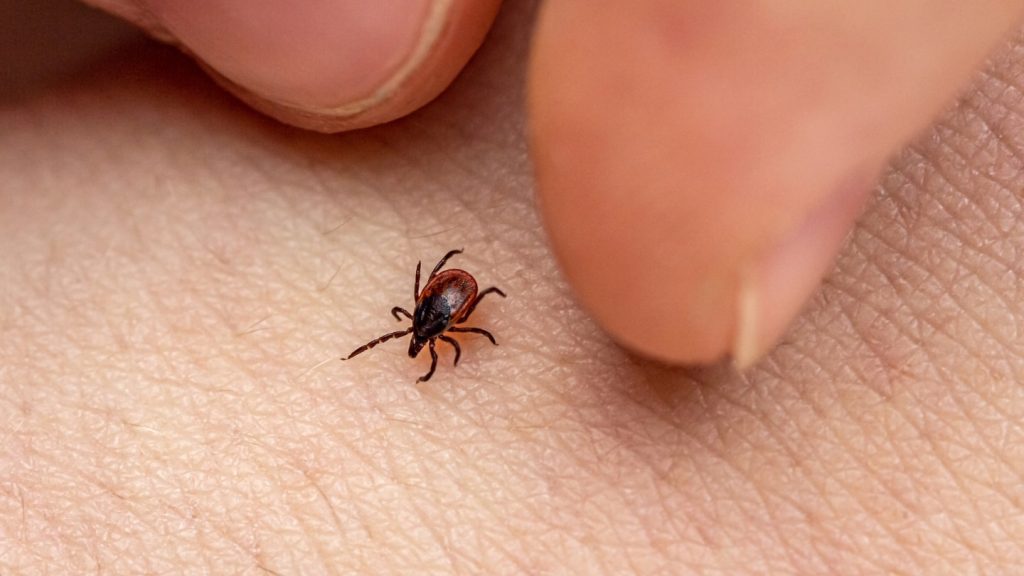A recent study published in Nature Communications suggests that a protein found in human sweat may offer protection against Lyme disease, caused by the tick-transmitted bacterium Borrelia burgdorferi. The protein was found to curb bacterial growth in lab dishes and in mice. However, some individuals may have a mutated version of the protein that is less effective, potentially putting them at a higher risk of infection. This discovery challenges the traditional risk factors for Lyme disease and highlights the importance of sweating in protecting against tick-borne illnesses.
Researchers analyzed genetic data from over 620,000 individuals in Finland and Estonia, including more than 25,000 who had been diagnosed with Lyme disease. They identified three candidate genes, one of which codes for a protein called SCGB1D2. This protein is produced in sweat glands and may play a role in preventing tick bites by being present on the skin. Lab experiments showed that the protein was effective in stopping the growth of B. burgdorferi and preventing infection in mice injected with the protein and bacteria.
However, about 40 percent of individuals in the study carried a mutated form of SCGB1D2, which required a higher amount of protein to inhibit bacterial growth. Mice injected with the mutated protein and bacteria ended up developing infections. The researchers believe that the normal version of the protein could potentially be used as a treatment or preventative measure against Lyme disease, but further research and engineering would be needed to fully understand its potential in combating the infection.
While the results of the study show promise for using SCGB1D2 as a tool against Lyme disease, there are still unanswered questions about how the protein interacts with bacteria once a tick bites. The study used needle injections to expose mice to the bacteria, bypassing any potential countermeasures ticks might have to reduce the effectiveness of SCGB1D2. Medical entomologists caution that more research and testing are needed to explore the full potential of the protein in preventing Lyme disease and other tick-borne infections.
Overall, the discovery of the protective role of a protein found in sweat against Lyme disease sheds light on new pathways for potential treatments and preventive measures. Further research will be necessary to fully understand how this protein works and how it can be leveraged to combat tick-borne illnesses effectively. With ongoing studies and advancements in the field, there is hope that this protein could be a valuable tool in the fight against Lyme disease and other similar infections.


